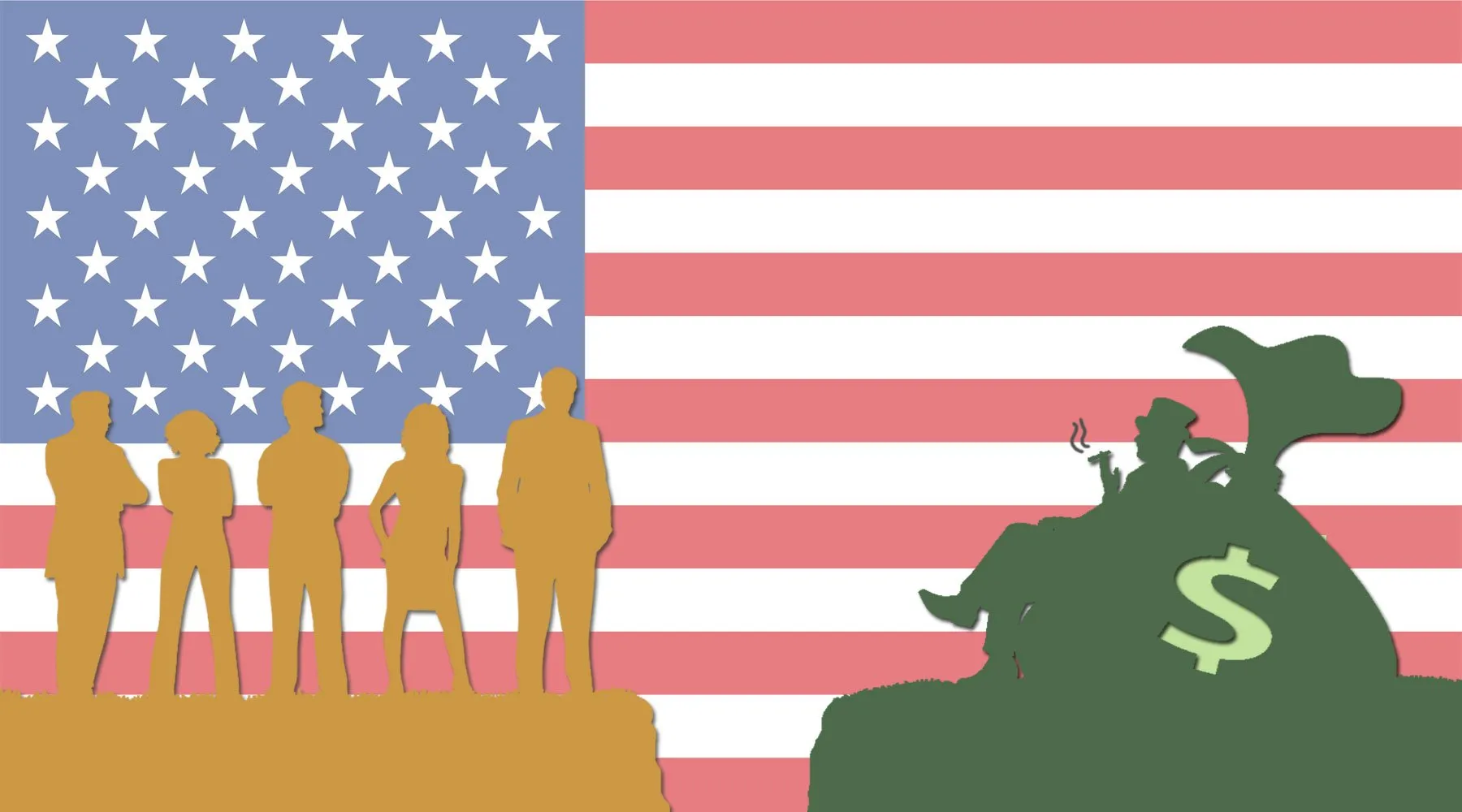The Gaps in Bidenomics
LONDON – US President Joe Biden has set out to emulate Franklin D. Roosevelt by spending huge amounts of money, something that FDR avoided doing until World War II. This threatens to trigger the sort of inflation that wrecked Keynesian economic policies in the 1970s.
Since January 2021, the Biden administration has spent or committed to spend $1.9 trillion for immediate COVID-19 relief, $2.7 trillion for investment and business support, and $1.8 trillion for welfare and education. This amounts to $6.4 trillion, or nearly 30% of US GDP. The $1.9 trillion already delivered through coronavirus spending will tail off, leaving $4.5 trillion, or about 20% of GDP, to be spent over the next ten years.
The spending will be financed largely by US Federal Reserve bond purchases, with tax hikes coming later. But will it represent the biggest mobilization of US public investment since WWII, or rather an inflationary splurge?
We don’t know yet, because we have no accurate way of measuring the output gap – the difference between actual and potential output, or, roughly, the amount of slack in the economy that can be absorbed before prices start to rise. The International Monetary Fund predicts that the US economy will be growing above potential by the end of this year, and that European economies will be close to their potential. This signals inflation ahead and the need to reverse deficit finance.
Against this static view is the belief – or hope – that government investment programs will increase the US economy’s potential output, and thus enable faster non-inflationary growth. Much of Bidenomics is about improving the workforce’s productivity through education and training. But this is a long-term program. In the short run, so-called supply-side “bottlenecks” could drive inflation. There is thus a palpable danger that an overambitious agenda gives way to abrupt policy reversals, renewed recession, and disillusion.
There is a steadier course available, but the Biden administration has ignored two radical suggestions that might make its life a lot easier. The first is a federal job guarantee. Put simply, the government should guarantee a job to anyone who cannot find work in the private sector, at a fixed hourly rate not lower than the national minimum wage.
Such a scheme has many advantages, but two are key. First, a federal job guarantee would eliminate the need to calculate output gaps, because it would target not future demand for output but present demand for labor. This in turn underwrites an unambiguous definition of full employment: it exists where all who are ready, willing, and able to work are gainfully employed at a given base wage. On this basis, there is substantial underemployment in the United States today, including among people who have withdrawn from the labor market or are working less than they want.
Second, the job guarantee acts as a labor-market buffer that expands and contracts automatically with the business cycle. The 1978 Humphrey-Hawkins Act in the US – which was never implemented – “authorized” the federal government to create “reservoirs of public employment” to balance fluctuations in private spending.
These reservoirs would automatically deplete and fill up as the private economy waxed and waned, creating a much more powerful automatic stabilizer than unemployment insurance. As Pavlina R. Tcherneva of Bard College says, a job guarantee “continues to stabilize economic growth and prices, using a pool of employed individuals for the purpose rather than a reserve army of the unemployed.” No “management” of the business cycle, with its well-known political risks, is involved.
The second radical idea is the economist Vladimir Masch’s compensated free-trade plan. America has lost millions of manufacturing jobs so far this millennium, largely owing to offshoring of production to cheaper labor markets in Asia. The counterpart of this has been a structural US current-account deficit averaging about 5% of GDP.
One of the Biden administration’s main objectives is to rebuild US manufacturing capacity. While COVID-19 has fostered a conventional wisdom among all deindustrializing countries that they should reserve “essential” procurement for domestic manufacturers, Biden’s “Made in America” efforts echo former US President Donald Trump’s “America First” approach. But Biden’s plan to rebalance US trade by means of tax subsidies for domestic producers, trade deals, and international agreements, rather than tariffs and insults, is vague and unconvincing.
In a world of second-best options, the Masch plan offers the quickest and most elegant way for Biden to secure the balanced trade that he wants. The basic principle is simple: any government in a position to do so should unilaterally set a ceiling on its overall trade deficit, and cap the value of permitted imports from each trading partner accordingly.
For example, China, which accounts for about $300 billion of the current US trade deficit – half of the total – might be limited to $200 billion worth of annual exports to the US. If China exported more, it could either pay a fine equal to the excess over its quota or face a ban on excess exports.
Compensated free trade, Masch argues, “would stimulate a return to the US of the off-shored enterprises and jobs.” It would also automatically prevent trade wars, because “any attempt by the surplus country to decrease the value of its imports from the US would automatically decrease the value of its allowed export.”
Policymakers seeking to stimulate the economy must pay more attention than past Keynesians did to avoiding inflation and ensuring that job creation at home is not offset by a drain of production capacity abroad. The Biden administration will have no choice but to learn these lessons. If it’s wise, it will shun both austerity and unfettered trade in favor of full employment and the manufacturing capacity needed to achieve it.
Copyright: Project Syndicate, 2019.
www.project-syndicate.org








